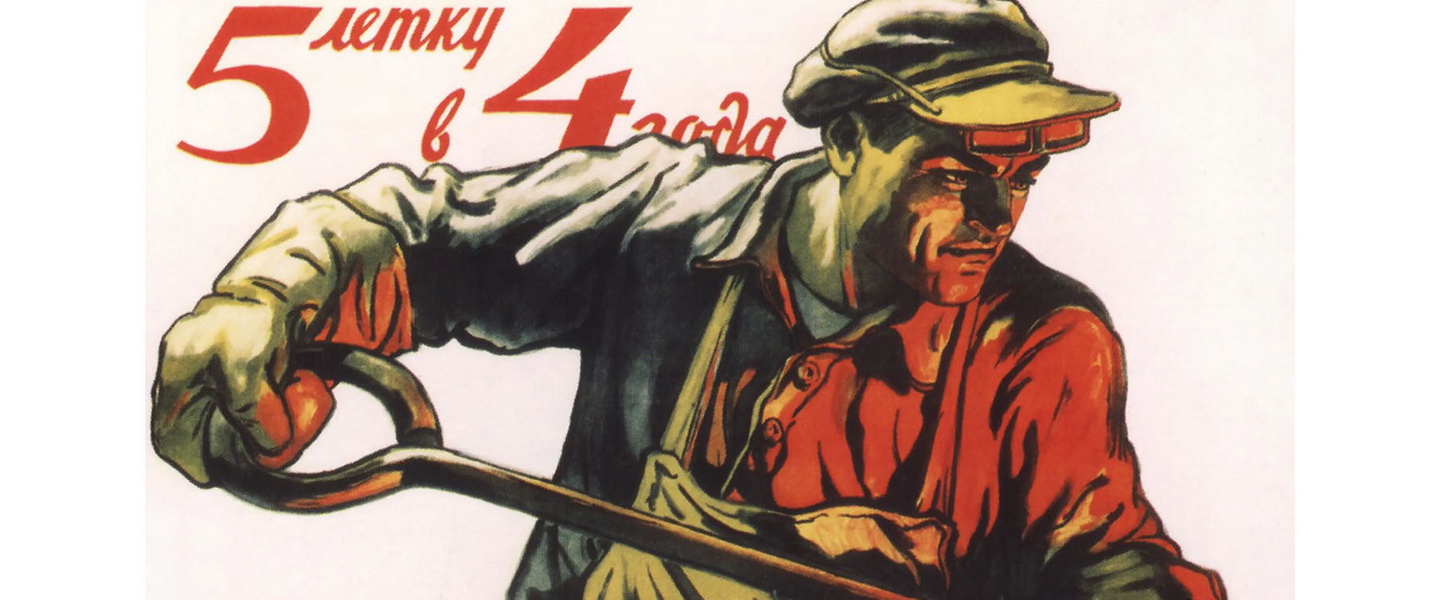By Aleś Hudzija

Early completion of assigned tasks is a tradition that Belarusian officials inherited from Soviet managers. Workers fulfilled a five-year plan in four years and produced double output per shift. The Belarusian economy, according to officials, grew by 3.8 percent from January to October, reaching the target set for the end of December. But is there any reason to celebrate?
What resources have been used?
Officials said last year that the targets set for 2023 were difficult but achievable. In June, Alaksandar Łukašenka warned Prime Minister Raman Hałoŭčanka that he would dismiss him if the targets were not met.
The goals were clearly ambitious: GDP growth of 3.8 percent, a rise of 4.1 percent in people’s income, of 22.3 in companies’ capital expenditures (CAPEX), and of 5.5 percent in exports of goods and services.
Most of the parameters depend directly on the government’s performance. The most difficult part is the export target, because it is necessary to persuade foreign partners to buy Belarusian goods. GDP, CAPEX and income growth could be achieved with varying degrees of harm and benefit to the national economy.
For economic growth the government launched a new investment cycle, increased exports to Russia, supported domestic demand with low interest rates on consumer loans and pay rises. Russia approved debt refinancing and provided loans for import-substitution projects.
Minsk also repaid foreign debts to what it calls unfriendly countries in rubels instead of the original currency, using accounts in Belarusian state banks. In other words, the government had certain opportunities and resources to achieve the targets.
Minsk relies on Russia and domestic demand
The Belarusian economy, although small and open, is a rather complex mechanism with many diverse industries. Therefore, behind the economic growth of 3.8 percent in January-October there is a more diverse picture of performance by sector, which should be compared with the previous period.
GDP growth year on year, %
The economy contracted by 4.7% in 2022, the sharpest decline in a long time. One year before, the economy expanded by 2.4 percent as it made post-pandemic recovery amid the political crisis. In both years, it showed better-than-expected performance. In 2021, the economy benefited from higher export prices; and in 2022, price controls and closer ties with Russia prevented a steeper downturn.
Several obvious factors contributed to this year’s growth. First of all, it is a low-base effect. Even a small positive trend looks good compared to last year’s failure.
Second, the economy is driven by industry and trade. In industry, a shift to Russia, including Moscow-funded import-substitution projects, gave an immediate boost. In trade, pay hikes and credit expansion helped spur demand.
Imbalances
Was it reasonable to aim for a high rate of growth in the first place? Can growth for its own sake later become a major problem for the economy due to accumulated imbalances? Is recovery healthy and real?
The domestic demand is based on clearly overheated wages, and the external demand, on Russia with its unsustainable economy.
If the Belarusian economic environment were favorable, companies would invest, hoping for positive changes. Instead, the state budget has been the key source of investments. This type of investment is often ineffective, as evidenced by the failed “modernization” projects of previous years. The economy is on pace to meet the ambitious targets, but it is likely to be affected by potentially harmful imbalances that may lead to a growth slowdown, a decrease in purchasing power and higher-than-expected inflation.